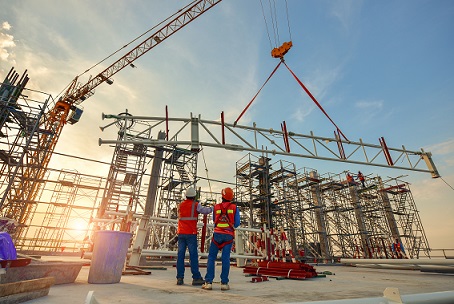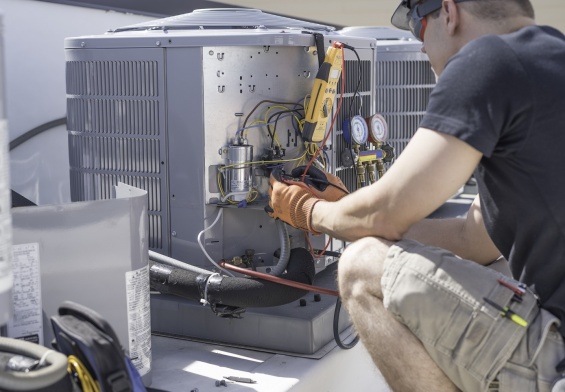Back in December of 2019, a survey by the Associated General Contractors of America predicted that there would be an uptick in the dollar value of construction projects available to bid across every market segments. Then the coronavirus arrived at our shores and everything changed. The global pandemic has upended every type of business. As a result, development and construction firms have had to adjust to shifting government orders regarding business closures, some of which vary by state, in addition to interruptions of ongoing projects.
Early discussions centered around whether construction work was essential, and therefore, allowed to continue or reopen at the early stages of the pandemic. Over seven months into this scourge, however, many industry insiders are beginning to question whether construction projects will ever be able to continue in the same way as they did in the past.
Construction Industry Facing More Obstacles
The construction industry may be in more dire straits than other professions due to industry hiring practices. Because most workers are employed on a daily or per job basis, they can’t rely on many of the protections that other workers enjoy such as sick paid time off and sick leave. The early months of the pandemic resulted in work stoppages unless a construction project was deemed essential such as retrofitting a hospital or medical facility. However, a glimmer of hope returned as nonessential construction was given the go ahead to restart in the middle of May in states like New Jersey.
A Different Type of Workplace
Of course, the only way to reopen safely was by practicing social distancing and other appropriate safety measures to curb the spread of Covid-19. For this reason, workers have to wear face coverings, nonessential workers are not allowed onsite, hours must be staggered, and break times and worksite meetings remain limited. In addition, workers must also maintain six feet or more distance between them wherever possible.
Indeed, some industry professionals are optimistic that commercial construction will aid the economic recovery because the strict implementation of safety guidelines across the entire industry should bring thousands of workers back to worksites safely.
Tough Times After Reopening
Even after many projects got back on track this past spring, the industry still faced a great deal of uncertainty. Unsurprisingly, nonresidential and commercial construction starts were way down for the first half of the year. Nonresidential building starts include offices, retail shops, hotels, warehouses, manufacturing, educational, healthcare, religious, government, and recreational projects.
Early Optimism May Not Lead to Rebound
In late spring, some in the industry anticipated that low interest rates would act as a catalyst for more demand for new construction. Unfortunately, that doesn’t seem to be the case. Many of the biggest commercial construction companies have stayed on the sidelines in fear of another spike in coronavirus cases as the weather gets colder. Furthermore, some companies are also waiting to see what happens with the presidential election. As a result, the industry is still struggling to get back to full speed after the protracted layoff.
Signs of Hope
Believe it or not, there may be indications that commercial construction is recovering. The U.S. Chamber of Commerce Commercial Construction index for the third quarter rose to 57 from 56 in the second quarter. While a one-point increase is not exactly reason to celebrate, some industry professionals see it as a sign that things are getting back to normal.
Maybe the most positive recent sign is a survey that revealed that 82 percent of commercial construction contractors have moderate to high confidence that the U.S. market will generate new business over the coming year. Indeed, most contractors expect their revenues to remain steady throughout the next 12 months.
Thus, it seems clear that construction will continue throughout the fall, especially in states like New Jersey and New York that have embraced coronavirus safety measures at worksites. While the look and feel of construction sites may have changed due to the pandemic, the industry appears to be creeping back to life. Although some companies tread cautiously in fear of future Covid-19 spikes and the upcoming presidential election, there are encouraging signs that the drop off during the first half of the year was not a long-term trend. For this reason, many contractors remain hopeful that there will be plenty of new business opportunities in the months ahead.




